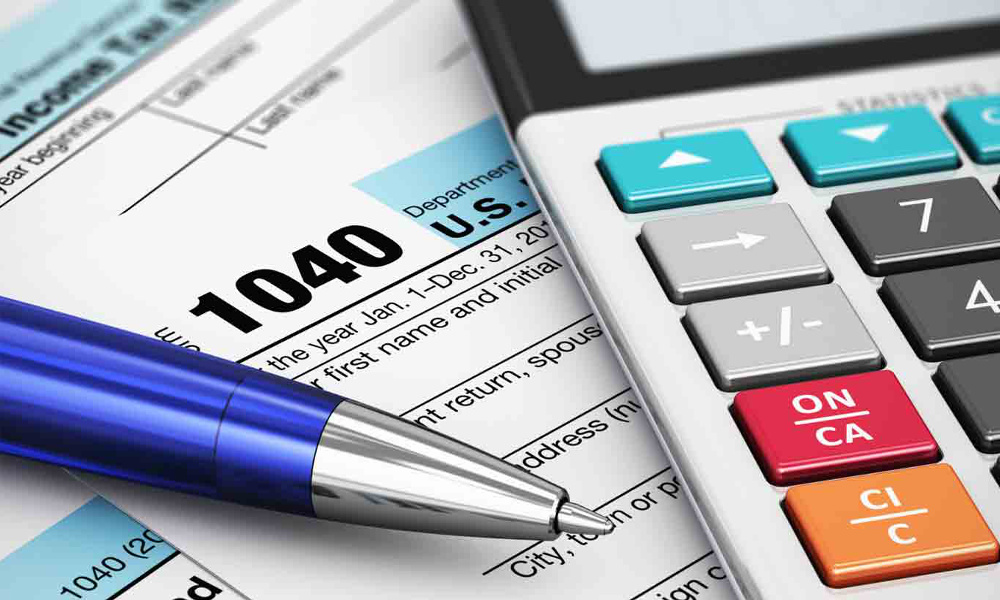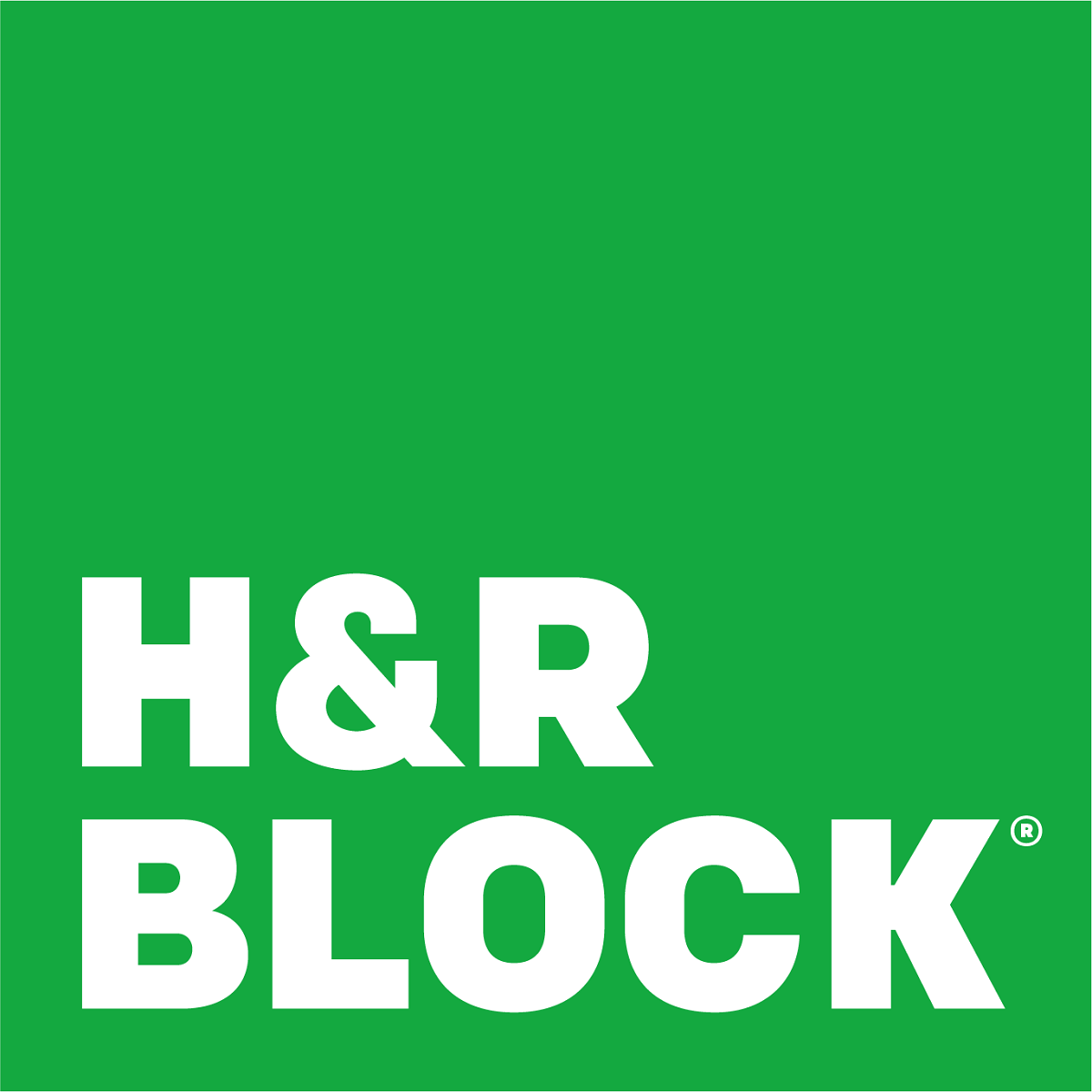
A breadwinner works hard all year long while taxes are slowly withheld from his or her earnings. This method of paying taxes over the course of a year is good for both the wage earner and the IRS because it happens slowly and is guaranteed. However, The IRS does understand that raising a family, running a business, and saving for the future creates expenses and hardship for qualified households, so they give those taxpayers a break through allowances, which may result in a tax refund. The allowance game can be played one of two ways:
- Claim fewer allowances on your W4 so that more tax is taken out during each pay check. This action results in the potential for a larger refund at the end of the year. The drawback is that employees take home less each pay period and are paying the IRS more than necessary. The IRS does not pay interest on the voluntary loan you give them.
- Estimate and claim an accurate number of allowances on your W4 so that a correct or smaller amount of taxes are withheld from each pay check. This action results in the potential for a small refund or possibly a tax delinquency where the wage earner has to write the IRS an extra check. The benefit to this scenario is that wage earners take home the maximum each pay period and the IRS does not get a free loan. A reason to stay away from this allowance structure is if a worker has trouble saving money on her or his own and needs the government to force them.
If you find yourself leaning toward the first idea of claiming fewer allowances than the IRS allows, here are three useful tips to increase and maximize your eventual tax refund.
Deduct Professional Expenses
Deduct professional expenses you pay for but your employer benefits from. One of the best examples of this idea is a personal cell phone. If you put your cell phone number on your business cards and your company does not reimburse you for it, deduct your annual cell phone bills to the extent you use your cell phone for business purposes.
Shelter Annual Income
Shelter your annual income by saving for the future and taking advantage of qualified health care accounts. Tax payers leave billions of dollars in the hands of the IRS because they do not participate in company retirement saving plans or individual retirement accounts (IRA/ROTH). Deferring income into these savings accounts is a three-fold benefit; workers save for the future, taxable income is lessened, and many times employers will match contributions. On a different note, health care and child care expenses can be sheltered as high as $10,330 each year!
If you are in the 25% tax bracket, you just increased your refund by $2500! Most Tax payers pay these types of bills either way. Simply routing predictable bills through proper accounts is an effective method to decrease what you owe in taxes. The more income a tax payer can divert into these types of qualified accounts, the higher the refund. It is that simple.
Invest In Professional Services
Invest in proper tax preparation through tax software, a tax service chain, or a certified public accountant. Let’s assume your tax refund is $1000 when you file on your own, but for a $100 investment you could utilize the talents of a tax expert (human or software) and hypothetically discover two additional credits you were unaware of thereby increasing your refund to $2000! The odds are too good not to take advantage of and the best part is that any price paid for professional tax services is tax deductible! Get a bigger refund and a discount on the price of a tax expert, score!
Clearly a little effort on the part of the tax payer can truly add to a household’s spending power. Prudent tax planning and saving for the future should be taken seriously, but don’t forget to treat yourself to a little luxury during the process. Financial Planners recommend leveraging your tax return to pay debt and save for emergencies, but they also know a person stays on the track to financial freedom if he or she uses a piece of that refund on something lighthearted. Maximize your tax refund and take control of your bottom line!
What are some of the ways you maximize your tax refund? Share your tips and advice with our readers in the comments section below.


